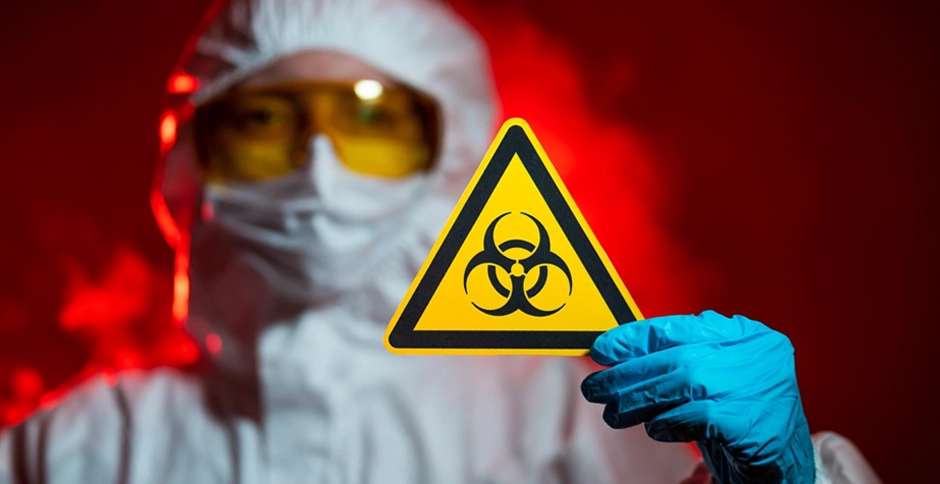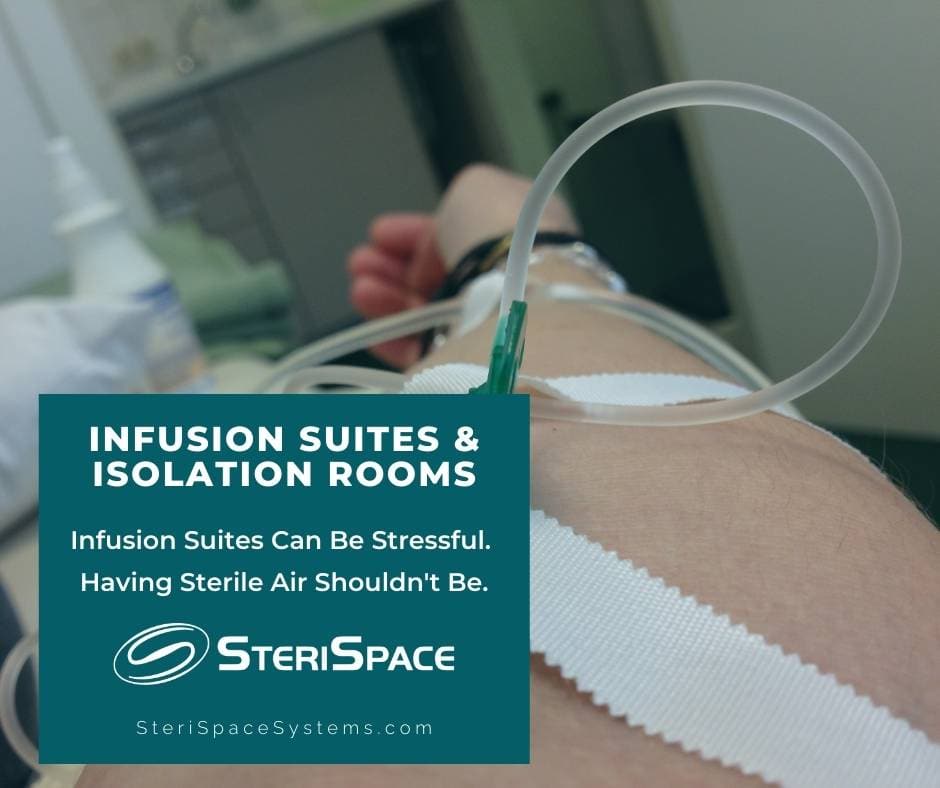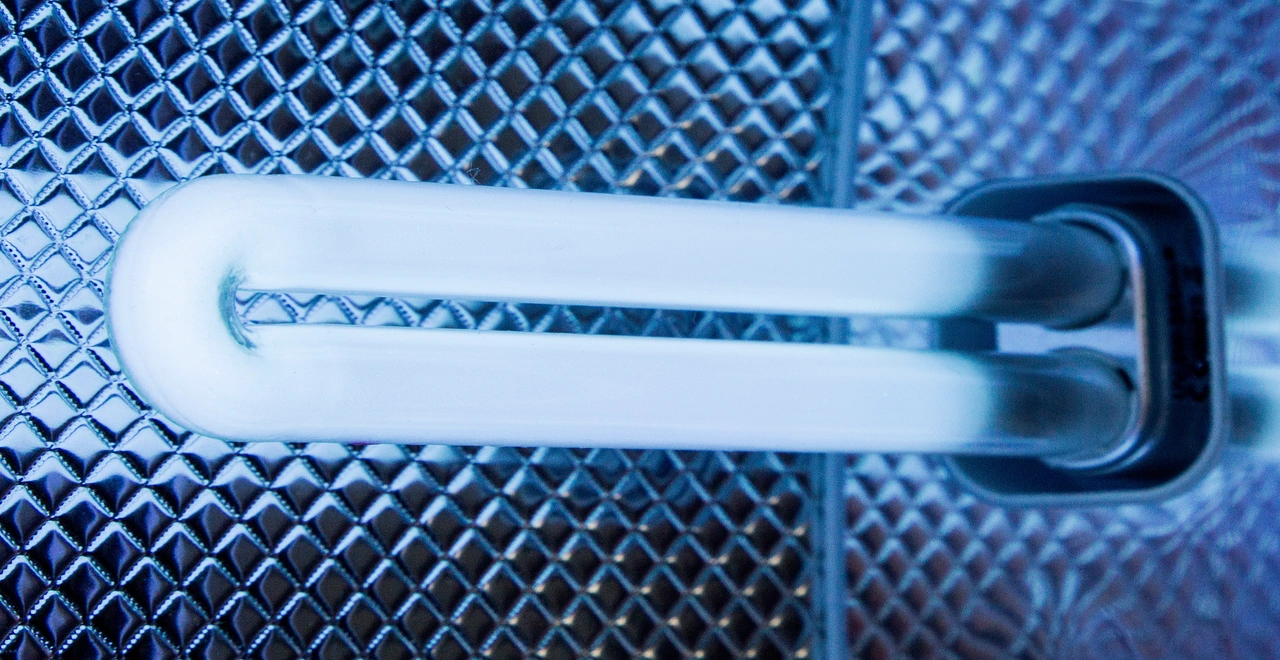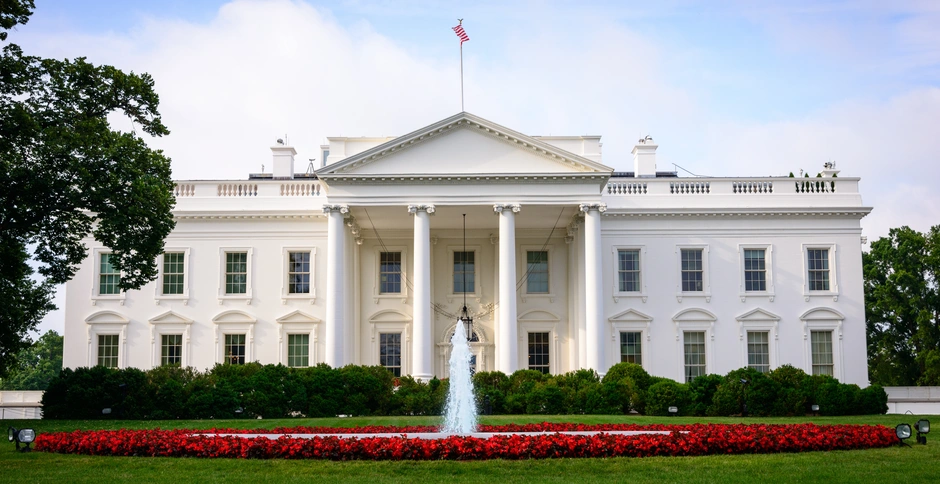
What Is Biological Contamination?
What is biological contamination and how does it impact indoor air quality? Learn how to protect your indoor air quality here.
Infusion centers function as a vital part of how we care for patients undergoing life-saving treatment for serious or chronic infections that do not respond to oral antibiotics. Many of these patients have reduced immune response or carry pre-existing medical conditions, leaving them increasingly vulnerable to infection, and now considering COVID-19, infusion centers have become a worrying hotspot for disease transmission.
New COVID-19 safety protocols that include physical distancing and staggering appointments present issues of overbooking and uneven patient loads, creating a substantial challenge for both patients waiting for treatments and nurses providing care.
Predictably, this has led to these facilities facing a significant and steady logjam. And unfortunately, due to the nature or severity of some illnesses, many patients lack the luxury to miss or re-schedule an infusion due to overbooking.

Since COVID-19, infusion centers have doubled down on cleaning frequently touched surfaces and instituting physical distancing measures — and while no one would fault this approach — there is no measurable data that show these protocols have worked to reduce the spread of COVID-19 in their facilities.
COVID-19 is most commonly spread by airborne droplets or aerosols. Aerosols can be spread by a person infected with coronavirus when they talk, breathe, cough, or sneeze, and can remain in the air for up to three hours.
This means that even with patients staggered at safe distances, as the virus drifts through the air, they still risk being exposed.
Can you see now why having an air quality strategy is so important?
But it’s more than that. In order to be truly effective against harmful airborne contaminants and viruses similar to COVID-19, your device must be able to uniformly sterilize the pathogens in the air.
SteriSpace is the only air sterilization technology on the market and the only device that checks all the boxes.
SteriSpace can easily integrate into your infusion center to eliminate 99.9999% of pathogens, viruses, and bacterial spores.
SteriSpace is scalable and can achieve airflow rates varying between 250 to 5000 cubic feet per minute. The compressed air is treated uniformly, so there is no untreated air or leaks.
You can configure SteriSpace to create negative pressure in a room with highly contagious patients to prevent ventilation-associated outbreaks and super-spreading events. Or configure SteriSpace to create positive pressure in a room containing immunocompromised patients to protect them from pathogens in external ambient air.
Let our experts show you the potential that SteriSpace Air Sterilization can bring to your facility. Reach out today and set up a meeting with our specialist to get started.

What is biological contamination and how does it impact indoor air quality? Learn how to protect your indoor air quality here.

Air sterilization is a better option than UV light for HVAC systems. Discover why air sterilization is the best way to improve your indoor air quality.

A building’s indoor air quality and cleanliness matter. Click here for a guide to understanding the purpose of the Clean Air in Buildings Challenge.